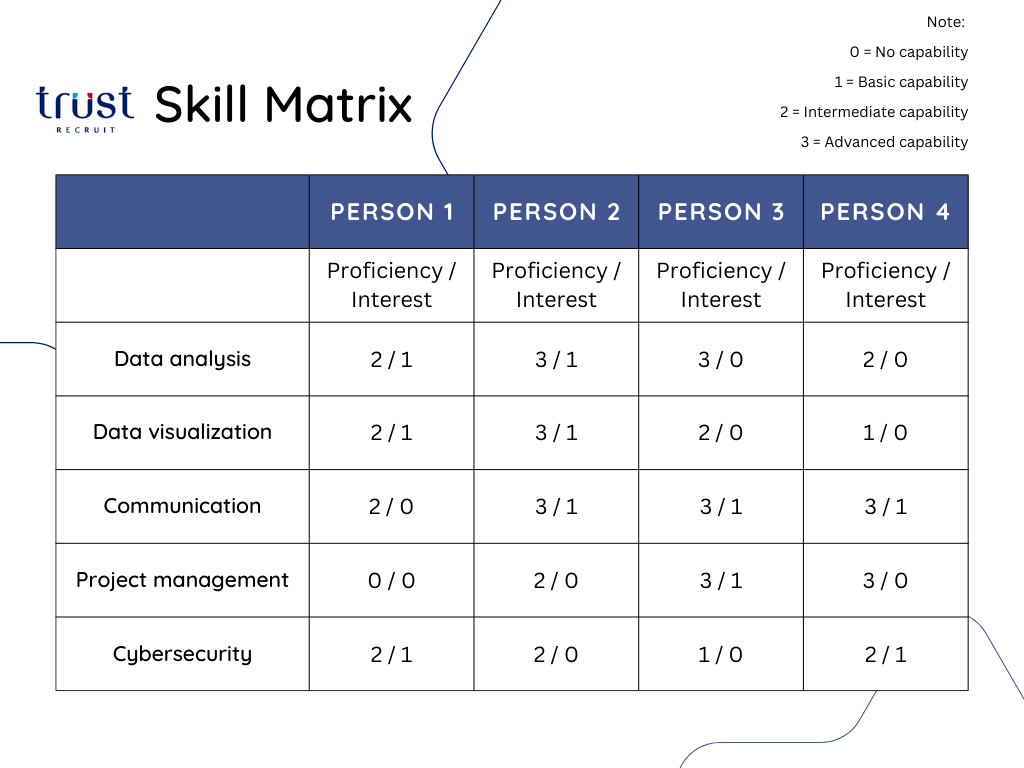
Constructive feedback acts like oil to a business’s running motor. Here’s how to boost your staff’s performance with helpful criticism.
According to PwC’s employee feedback survey, 62% of workers surveyed wanted feedback at least once a week, with that percentage rising to 72% among workers under 30.
Frankly, there are a wide variety of barriers that prevent managers from providing employees with the feedback they need. However, putting aside the justifications, feedback is valuable, actively and publicly wanted, and has a tremendous effect in the workplace.
Table of Contents
Constructive Feedback Increases Motivation

Imagine working in an atmosphere where you had no clue about your progress. A place where you did your best without knowing how well you did or where you could improve.
Staff members are simpler to encourage when they gain pride in their accomplishments and are more invested in improving their weaknesses due to receiving and processing relevant and constructive feedback at work.
Having an understanding of one’s own strengths and weaknesses is a powerful tool for inspiring staff members to strive for continuous improvement.
For example, supervisors have the option of creating a Skill Matrix to use in assessing their staff members.
You can generate a Skill Matrix by rating each employee on a set of predetermined talents. A straightforward scale, such a 0–3 scale, would be appropriate for ranking this. The following scale is one example:
0 = No capability
1 = Basic capability
2 = Intermediate capability
3 = Advanced capability
To help you get started, here is a basic matrix template; feel free to modify the form based on your own requirements.

Although not being the easiest approach, it’s preferable to utilize 360-degree feedback, in which information is gathered not just from workers but also from their peers, superiors, and customers. It’s possible to get a more complete picture of each worker’s abilities after you include in their background and experience.
5 Hacks For Giving Feedback That Motivates Employees

Whether a novice manager or an old pro, you must master providing constructive feedback that encourages growth rather than stifles initiative. If you want to remember these skills, here they are:
1. Have A Growth Mindset
Remember that each feedback you give an employee is a foundational component in their professional growth. Honest employee feedback won’t hurt your relationship with subordinates.
Harvard Business Review research conducted by Zenger/Folkman indicated that most respondents (57%) want to hear critical comments rather than favorable ones. Another 92% agreed that providing constructive feedback at work may help people improve their jobs.
Companies like Hotjar used a five-part employee feedback system to maintain high productivity among its software engineers, marketing, and other team members.
Having several channels via which employees may have their voices heard is made possible by the variety of input they provide. Employees who have practiced self-criticism via introspection are more equipped to receive and act upon input from others.
Hotjar’s feedback features, taken as a whole, amount to an employee feedback system with a wealth of information and possibilities.
2. Pay Attention to Improvement

To be effective with people of any personality type, you must provide helpful rather than scathing employee feedback. Focus on the future rather than the past. Instead of saying something like, “This and this didn’t go well,” try something like, “Next time, if we adjust or add this, I think we can increase performance on this project/task.”
Your staff will use this as a signal to keep trying new things; mistakes are the pathway to success. As a first step in fostering a culture of innovation in your business, getting rid of the stigma associated with making mistakes is crucial.
3. Boost Their Inspiration
The most accessible approach to accomplish this is to assist them in identifying their own personal qualities and achievements.
Google is a clear example. Rather than focusing on annual evaluations, the company has always placed a premium on continuous feedback and goal-setting for its workers. The idea is that everyone involved would benefit more from using that time to further professional growth.
Managers at Google work side-by-side with their direct reports to help them establish and accomplish their professional objectives. Even Larry Page, one of the business’s co-founders, follows this strategy, setting quarterly goals for himself and the company.
Therefore, what happens? Google has been recognized as one of the finest places to work by Fortune and the Great Place to Work Institute year after year.
4. Avoid Project Cancellations

Employees’ enthusiasm for a new project may be a powerful source of inspiration and productivity. In contrast, workers might swiftly sink to a low degree of disengagement if their work is never published despite putting in long hours and missing out on social events.
Consider some alternative applications for this. It may be assigned as a bonus task or a unique initiative for the next quarter.
Remember that companies like Atlassian and Google gained notoriety by allowing workers 20% of their time to pursue innovative, autonomous ideas. Most of these initiatives produced new money-making capabilities.
5. Allow For Innovation
To solve an issue, only some people use the same method. The most excellent strategy to encourage creative thinking is to remove barriers to attempting new things (including the stigma associated with making mistakes).
A famous example is Netflix. The undisputed king of TV streaming services is recognized for its vibrant, feedback-focused workplace culture. In fact, on its “Netflix Culture” recruitment website, the word “feedback” is featured 11 times. This website also defines the company’s five cultural principles, which shape employee thinking and behavior.
These guiding principles inspire Netflix workers to exercise agency, creative problem-solving, and teamwork and to communicate distinctive views or dissent.
By supporting a variety of opinions, the organization encourages transparent idea exchange and high-level success. Another research by HBR indicated that companies with high levels of inherent (demographic) and acquired diversity outperformed their rivals.
In these companies, workers were 45% more likely to say their firm’s market share expanded last year and 70% more likely to say it grabbed a new market.
Conclusion
Learning how to provide constructive feedback takes time. A reliable feedback system will take more than a day to set up. But if you stick to the methods mentioned above and reward employees for their efforts, you should see improved productivity and morale in your company over time.
Having a hard time improving employees’ performance? Talk to our consultants now.
